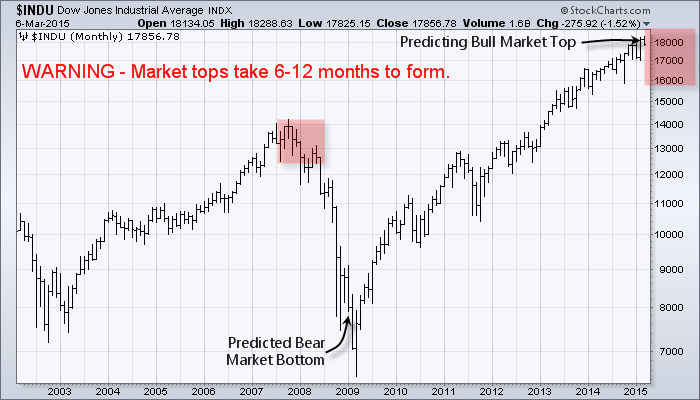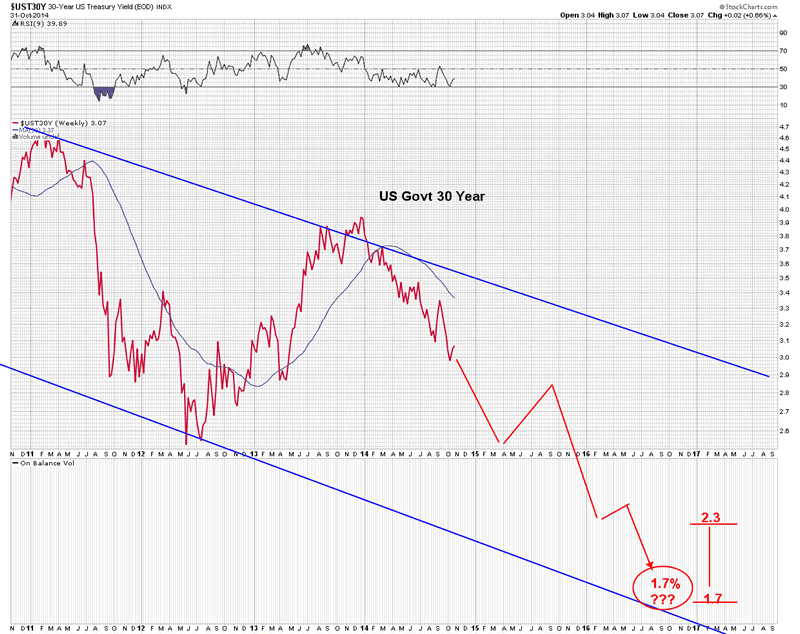Gold ETFs Bull or bear
Post on: 6 Июль, 2015 No Comment

JohnNyaradi
John’s Latest Posts
As gold and gold ETFs have been under pressure lately, investors have begun to wonder if the 12-year bull market in gold is over.
Gold just experienced one of its worst quarters in years, as its price fell from $1,781 per ounce on Oct. 5 to $1,646 per ounce on Jan. 7.
Gold and the major gold ETF, the SPDR Gold Shares ETF GLD, +0.14% has been in a significant downtrend since October but now appears to be forming a double bottom that started in mid-December through the present. The price of GLD has also broken below and then recently reclaimed its 200-day moving average which would indicate that GLD now could be poised for an advance. Read Can Gold Push Through? Weekly Gold Report
Many analysts have declared that the bull market for gold is over and that its price will not advance much further than $1,700 per ounce. Nevertheless, the Census bureau reported that China imported approximately 91 metric tons of gold in November.
There is quite a bit of speculation that China’s gold imports for 2012 could exceed its acquisitions from 2011 by several hundred tons. Gold ETFs will soon be available in China. For the individual investor, there are a number of pros and cons to be considered before investing in gold at this juncture.
First, let’s consider the advantages gold offers for investors:
1. The availability of several ETF alternatives allowing for instant purchase or sale from a computer, a tablet device or a phone call to one’s broker. Depending on the ETF, the shares may be backed by actual physical gold in a vault.
2. China is expected to be getting involved in offering gold ETFs — boosting demand and price.
3. Guaranteed quality gold is readily available in the form of one-ounce American Eagle gold coins.
4. Unlike many other investments which carry an unlimited downside risk, gold will never become worthless, no matter how much its value declines.
5. The Fed’s Zero Interest Rate Policy (ZIRP) has made bank savings accounts a losing proposition, as the rate of inflation will exceed whatever fractional interest rate a bank will pay, eroding the value of the account balance.

Some of the disadvantages to be considered by investors are:
1. Physical gold bullion bought on the open market can be of dubious quality, often containing tungsten or lead.
2. According to the United States Mint, sales of American Eagle gold coins declined during 2012 by approximately 25% from the amount sold in 2011.
3. Gold has been on a losing streak since October.
4. Once the Federal Reserve ends quantitative easing and takes away the punchbowl, the value of the dollar will rise and there will likely be a flight from gold.
What we are left with is a set of circumstances which create a bearish outlook for gold over the near term. On the other hand, investors have grown distrustful of financial markets and paper assets and this could motivate more buying of an historically trusted commodity which has always been viewed as a substitute for paper money.
Central banks continue buying large quantities of gold, and many analysts forecast that inflation will be one likely result of the recent bout of money printing that has occurred across the globe. All of these factors would indicate that the long-term outlook for gold would still be bullish for the long, term despite the bearish outlook over the near term. Gold will likely continue to follow the path of other risk assets, including the U.S. stock market, and for today, Wall Street Sector Selector remains in yellow flag status, expecting sideways action or trend change ahead.














